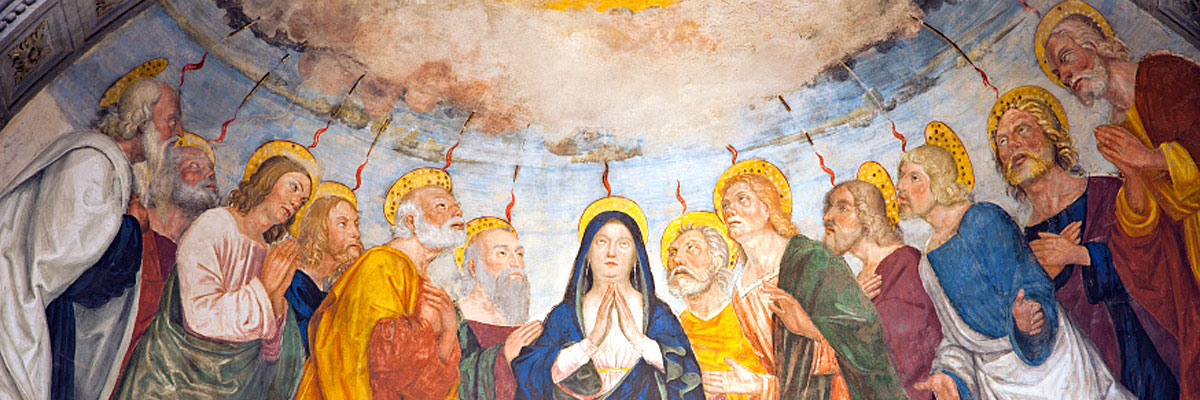
Understanding Our Church
A Treasury of Arkansas Writers Discussing the Catholic Faith
Official Website of the
Catholic Diocese of Little Rock
God’s presence in Ordinary Time makes it anything but ‘ordinary’
Published: August 28, 2004
By Sandy Compas
In Thorton Wilder’s familiar play, “Our Town,” one of the main characters, Emily, dies during childbirth. Emily, homesick for earthly life, is given the opportunity to relive a day, and chooses her 12th birthday. Throughout the day, Emily is frustrated because her parents and her little brother fail to recognize the goodness and significance of what they have and who they are.
She exclaims to her mother, “Just for a moment we’re happy! Let’s look at one another …” Returning to her resting place, she pensively asks the stage manager, who serves as both narrator and philosopher, “Does anybody realize how beautiful life is while they are living it? Every, every minute?” “Saints and poets, maybe,” the stage manager replies.
Our liturgical year is largely made up of what we call Ordinary Time. Winter Ordinary Time runs from the Monday after Jan. 6 until Ash Wednesday, and summer Ordinary Time goes from the day after Pentecost until the First Sunday of Advent. We might think little is happening during these days, but perhaps we should take a hint from the color of the season: the liturgical vestments during this season are green, a color we associate with life, freshness and growth.
Thirty-three or 34 weeks a year is a significant chunk of time, a time when, according to the “General Norms for the Liturgical Year,” we “do not celebrate a specific aspect of the mystery of Christ. Rather, especially on the Sundays, they are devoted to the mystery of Christ in all its aspects.”
Reading the Gospel of Luke, which is our focus during Ordinary Time in 2004, I’m intrigued by Luke 2:40, 51-52: “The child (Jesus) grew and became strong, filled with wisdom; and the favor of God was upon him … Then he went down with them and came to Nazareth, and was obedient to them. His mother treasured all these things in her heart.
And Jesus increased in wisdom and in years, and in divine and human favor.” Perhaps these years in the life of Jesus, sometimes called the hidden years, have something in common with our own experience of Ordinary Time. Years of everyday life — work, play, laughter, prayer, tears, meals, births, deaths, friendships and celebrations — are all a source of growth, an opportunity to grow stronger in both God’s gifts and God’s call.
All preparing him — and us — for what lies ahead. During Ordinary Time, we experience life and growth, death and new life. We go to God together, doing all the everyday things — sharing meals and conversation, quarreling and reconciling, baking cookies, doing homework, mowing lawns, changing diapers, laughing, crying and wiping one another’s tears.
We pray for our growing children and our aging parents; we drink coffee, run errands, work in the garden and make household repairs. We sit down and sigh in gratitude or weariness at the end of the day. Perhaps, when all is still, we have a moment of prayer in which we realize the depth of Christ’s presence and abiding love for us.
“Lord, teach us to number our days aright, that we may gain wisdom of heart.” (Psalms 90:12) Help us, and may we help one another, to realize the grace of God that comes wrapped in Ordinary Time.



